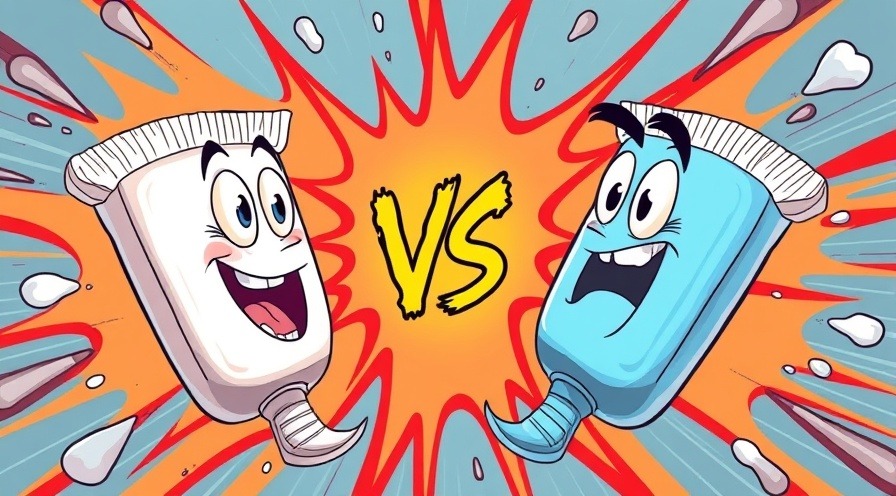
Understanding the Importance of Dental Health
When it comes to maintaining overall health, dental care often takes a backseat. Yet, oral health is intricately linked to physical well-being, making regular check-ups crucial. In the detailed case presented by Dr. Sammy, we are reminded of the complex issues that can arise, such as cavities forming underneath dental bridges—a situation that, while not uncommon, can lead to significant long-term problems.
In 'Monster Tooth Decay under Dental Bridge {Procedure Review}', the discussion dives into the complexities of addressing cavities beneath dental structures, exploring key insights that sparked deeper analysis on our end.
The Process of Managing Severe Tooth Decay
As Dr. Sammy demonstrated, when a patient presents with a large cavity beneath a dental bridge, the procedure to rectify it can be multifaceted. Removing the bridge is the first step, exposing the underlying issues. Often, the severity of decay cannot be accurately assessed until the bridge is removed. Dentists must navigate the challenges of decay management, requiring skill and precision. Understanding this process can help demystify dental procedures for patients, reassuring them that their oral health is in proficient hands.
Modern Techniques in Cavity Removal
Interestingly, advancements in dental technology have provided new avenues for cavity removal that are both effective and patient-friendly. For instance, the use of digital impressions allows for a more accurate representation of the patient’s oral structure, improving the overall outcome of dental procedures. Also highlighted was the use of caries indicator dye, a valuable tool for dentists. This dye helps to visualize the extent of decay, ensuring that every bit of cavity is treated, thereby preventing future complications.
The Importance of Aftercare
Once the decay has been removed, the focus shifts to a strong aftercare routine. As Dr. Sammy noted, scrubbing the tooth with antibacterial agents is vital to prevent future infection. This touches on an important aspect of dental health: the patient's responsibility in maintaining their oral hygiene post-procedure. Educating patients about the necessity of good dental hygiene can lead to better long-term health outcomes.
A Lesson in Patient Communication
Dr. Sammy’s inclusive approach to patient care is a testament to effective communication in dental health. By taking photographs during procedures and sharing them with patients, he enhances transparency and fosters trust. This strategy not only informs patients about the work being done but can also motivate them to take better care of their teeth by making the consequences of neglect palpable.
Considering Replacement Options: A Personal Choice
A key takeaway from this case is the importance of discussing replacement options for dental structures like bridges. In this instance, the patient opted not to go down the surgical route and chose to replace the bridge instead. It's a reminder that patient preferences should always be considered in treatment. More so, having open discussions empowers patients, allowing them to feel more in control of their dental care decisions.
Conclusion: Proactive Steps Toward Oral Wellness
As we reflect on Dr. Sammy’s case review of managing cavity issues beneath dental bridges, it's evident that being proactive about dental care can lead to better health outcomes. Understanding the procedures, making informed choices, and maintaining open communication with dental professionals are vital steps for optimal dental health. If you're facing similar dental concerns or if it’s been a while since your last check-up, consider scheduling an appointment soon. Your dental health is too important to neglect.
 Add Row
Add Row  Add
Add 




Write A Comment